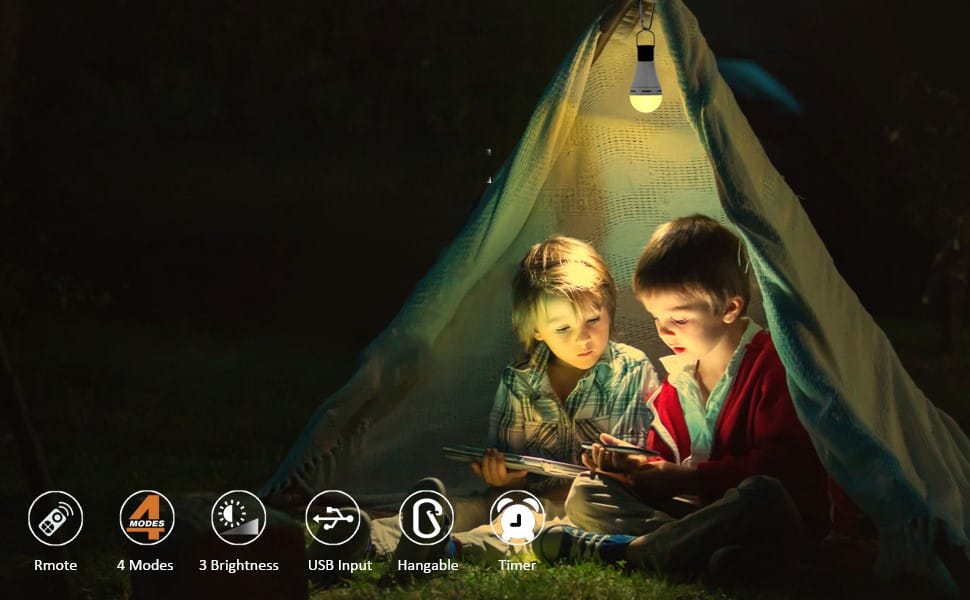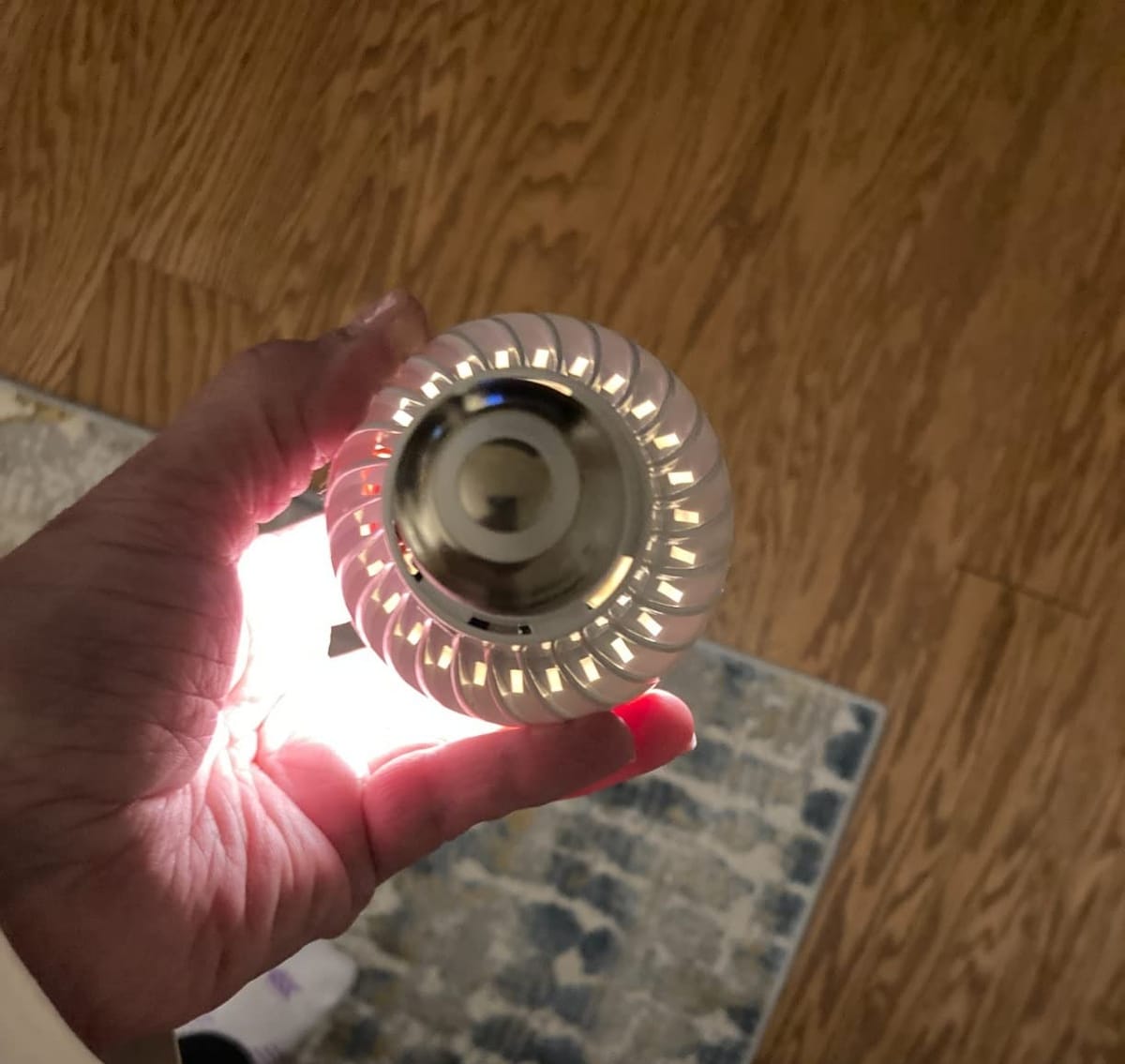Key Takeaways:
- Understanding the charging methods for rechargeable light bulbs ensures they are ready for use during power outages.
- Different models and brands may have unique charging requirements, so always refer to the user manual.
- Proper charging practices can extend the battery life of your rechargeable LED bulbs.
Introduction
Rechargeable light bulbs are a game-changer, especially during power outages. These bulbs come with a built-in battery that allows them to provide illumination even when the power goes out. But how do you charge these handy devices? This article will walk you through the process of charging rechargeable light bulbs, ensuring you’re never left in the dark.
Understanding Rechargeable Light Bulbs
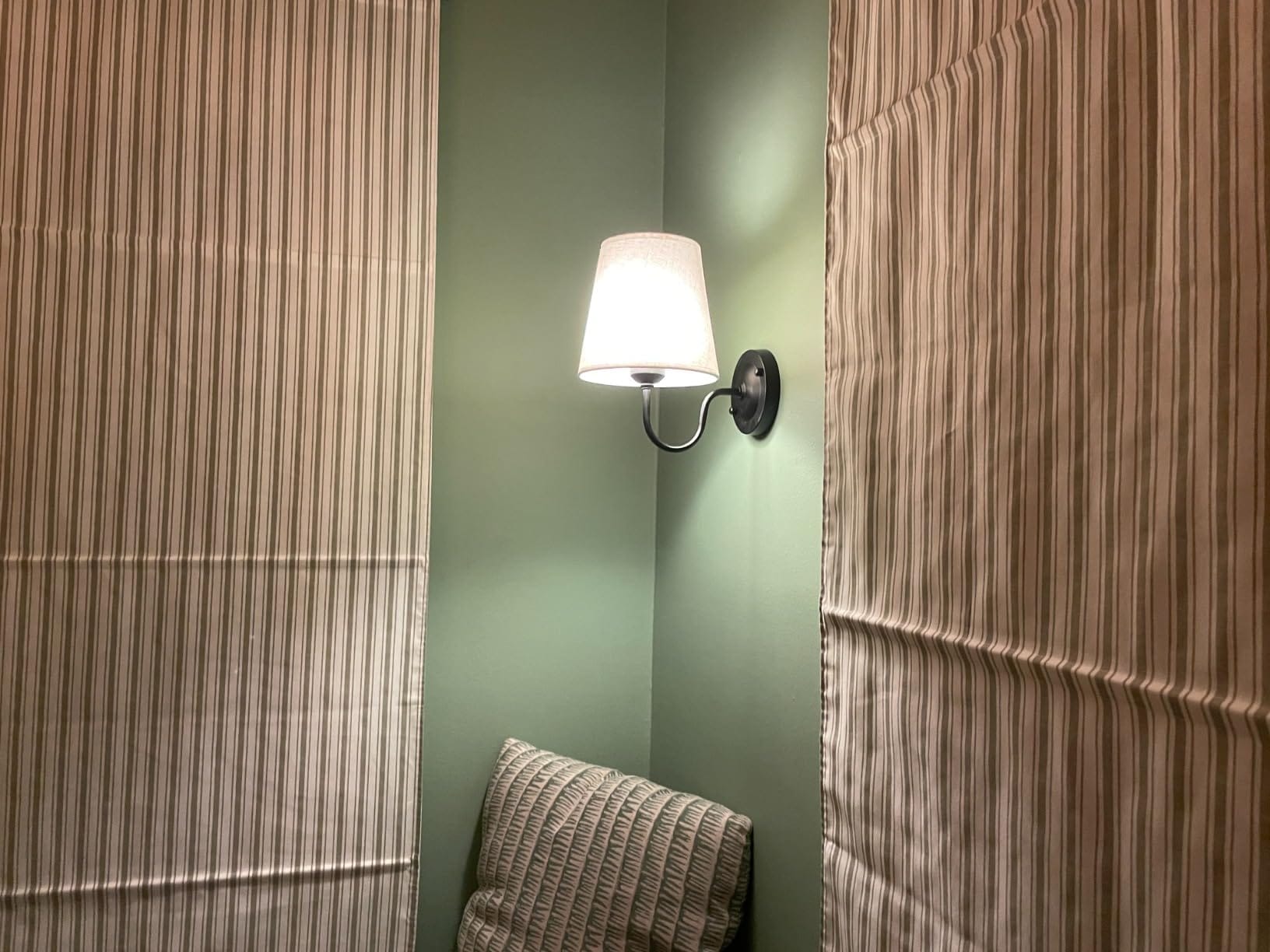
Rechargeable light bulbs, such as rechargeable LED bulbs, are designed with an internal battery that stores power. This battery power allows the bulbs to glow even when there’s no electricity. These bulbs are perfect for emergencies and can be used in various light fixtures, including table lamps and wall switches.
The charging method for these bulbs can vary depending on the specific model. Some bulbs come with a charging indicator light that shows when the bulb is fully charged, while others may require you to follow the manufacturer’s instructions closely. Understanding how these bulbs work is the first step in ensuring they are always ready to provide illumination.
Charging Methods for Rechargeable Light Bulbs
There are several ways to charge rechargeable light bulbs. One common method is to screw the bulb into a light fixture and turn on the switch. This allows the bulb to charge while it’s providing light. Another technique involves using a charging or USB cable to connect the bulb to a power source, such as a wall outlet or power bank.
Some rechargeable bulbs come with a dedicated charger that you can plug into a wall outlet. This charger is designed to provide the correct voltage and current to the bulb, ensuring it charges efficiently. Always refer to the user manual for the recommended charging method for your specific model.
Using a Wall Outlet
Charging your rechargeable light bulbs using a wall outlet is straightforward. Simply plug the charging cable into the bulb and then into the wall outlet. Ensure the bulb’s charging indicator light is lit, indicating that it’s charging. This method is convenient and ensures the bulb is ready for the next power outage.
It’s important to avoid overcharging the bulb, as this can reduce its battery life. Most bulbs will have a charging indicator light that turns off or changes color when the bulb is fully charged. Disconnect the bulb from the charger once it’s fully charged to prevent overcharging.
Charging with a USB Cable
Many rechargeable LED bulbs come with a USB port, allowing you to charge them using a USB cable. This method is particularly useful if you don’t have access to a wall outlet. Simply connect the USB cable to the bulb and then to a power source, such as a power bank or computer.
Ensure the charging indicator light is on, and leave the bulb to charge for several hours. The exact charging time will vary depending on the specific model, so refer to the user manual for guidance. Once the bulb is fully charged, disconnect it from the USB cable to prevent overcharging.
Charging in Light Fixtures
Some rechargeable bulbs can be charged directly in light fixtures. To do this, screw the bulb into the fixture and turn on the wall switch. The bulb will begin charging while it’s providing light. This method is convenient as it allows you to use the bulb while it’s charging.
Ensure the fixture is connected to an electrical circuit that’s working correctly. If the circuit breaker trips, the bulb won’t charge. Check the charging indicator light to confirm the bulb is charging. Once the bulb is fully charged, you can turn off the switch to save energy.
Using a Power Bank
A power bank is a portable power source that can be used to charge rechargeable light bulbs. This method is ideal for situations where you don’t have access to a wall outlet. Connect the bulb to the power bank using a USB cable, and ensure the charging indicator light is on.
Leave the bulb to charge for the recommended time, as stated in the user manual. Once the bulb is fully charged, disconnect it from the power bank. Using a power bank is a flexible and convenient way to ensure your bulbs are always ready to provide illumination.
Comparing Rechargeable LED Bulbs with Other Bulbs
When it comes to choosing between a rechargeable LED bulb and other bulbs, the differences are quite illuminating. Rechargeable LED bulbs come with a built-in battery, allowing them to function even during a power failure. This feature makes them ideal for emergencies, unlike traditional bulbs that go dark when the power goes out. For example, during a blackout, a rechargeable LED bulb can continue to glow, providing much-needed light.
On the other hand, traditional bulbs, while often cheaper, lack the versatility of rechargeable LED bulbs. They need to be plugged into a power source at all times, limiting their use during emergencies. Additionally, rechargeable LED bulbs are more energy-efficient and have a longer lifespan compared to other bulbs. This makes them a more sustainable choice for both the environment and your wallet. Always refer to the manufacturer's instructions to ensure proper use and longevity of your rechargeable LED bulb.
Choosing the Right Rechargeable Light Bulb
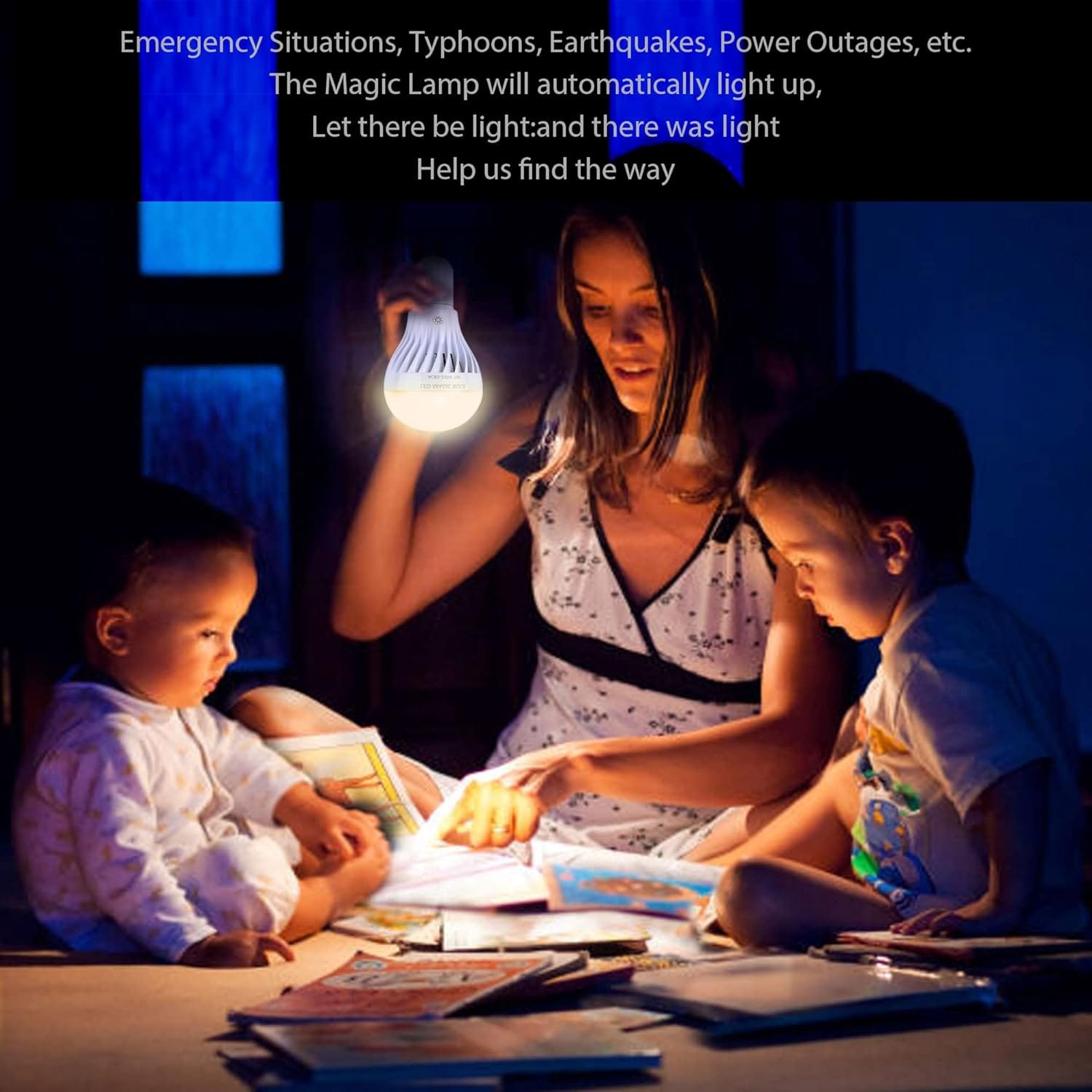
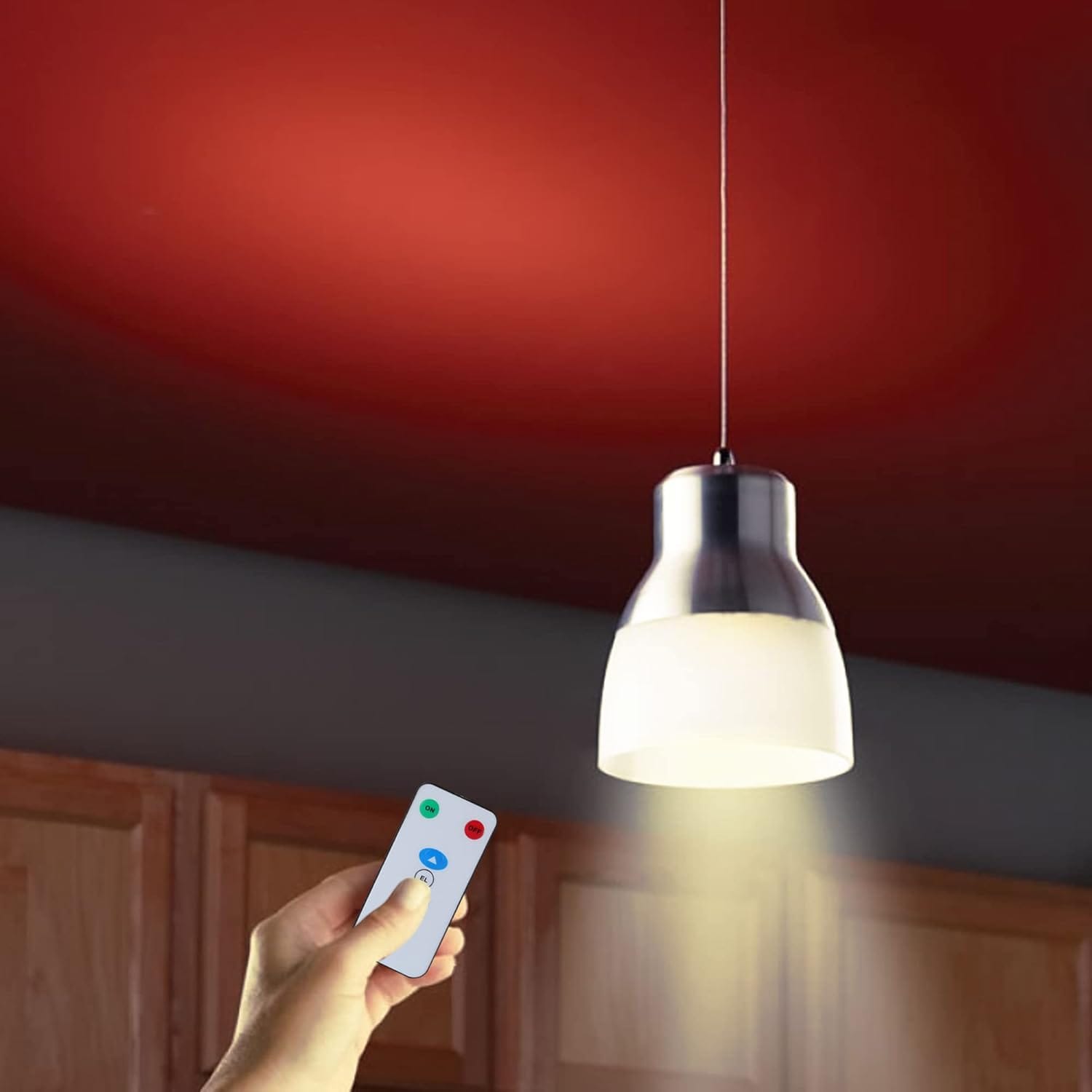
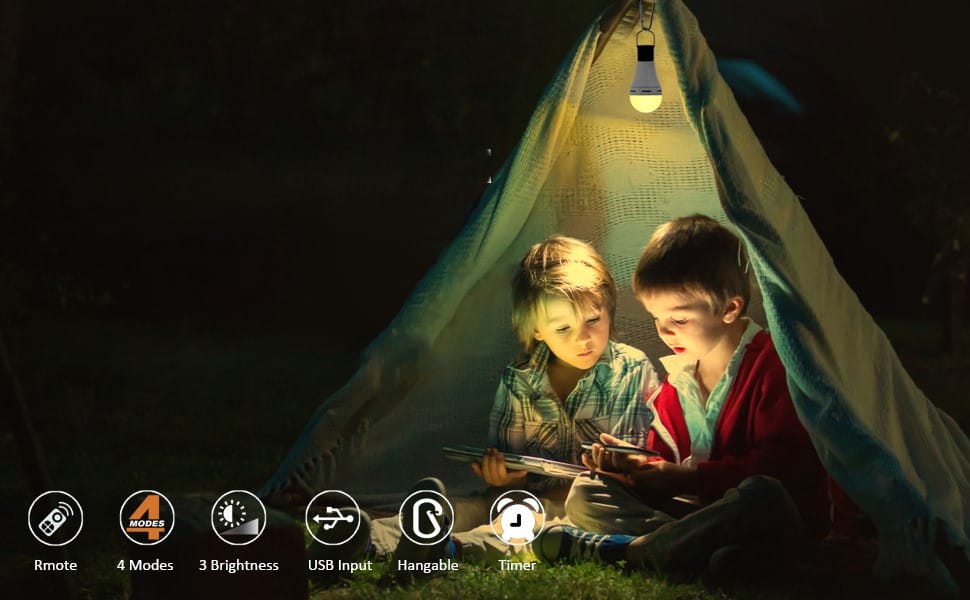
When selecting a rechargeable light bulb, it's essential to consider the bulb's glow and how it fits your needs. Emergency bulbs are designed to provide light during power outages, making them a practical choice for those who want to be prepared for unexpected situations. Look for bulbs with a built-in battery that can last several hours, ensuring you have light when you need it most. Comparing similar products can help you find the best option for your home or office.
Additionally, always follow the manufacturer's instructions to ensure proper use and longevity of your rechargeable light bulbs. Some bulbs are designed to be used in specific fixtures or sockets, so it's crucial to check compatibility before making a purchase. Whether you're looking for a bulb to hang in your living room or a lantern for outdoor adventures, choosing the right rechargeable light bulb can make a significant difference in your lighting experience.
Innovative Uses for Rechargeable Light Bulbs
Rechargeable light bulbs aren't just for emergencies; they can be used in various creative ways around your home. For instance, you can use them in decorative lanterns to create a cozy ambiance in your garden or patio. These bulbs are perfect for outdoor gatherings, providing a warm glow without the need for extension cords or permanent fixtures. Simply recharge the bulbs and place them wherever you need light.
Another innovative use is in portable lighting solutions. Rechargeable light bulbs can be used in portable lamps or hung in tents during camping trips. Their built-in battery ensures that you have a reliable light source, no matter where you are. By exploring different ways to use these versatile lightbulbs, you can enhance both the functionality and aesthetics of your living spaces.
Innovative Uses for Rechargeable LED Bulbs
Rechargeable LED bulbs are not just for ceiling fixtures; their versatility extends to various innovative uses. For instance, you can use them in a table lamp, making it portable and perfect for outdoor activities like camping. Imagine hanging a rechargeable LED bulb inside a tent or using it as a flashlight during a night hike. The built-in battery ensures that you have light wherever you go, without the need for a constant power source.
Another creative use is in decorative lanterns. These bulbs can be placed inside lanterns to create a cozy ambiance in your backyard or patio. They are also great for emergency kits, providing reliable light during power failures. Unlike other bulbs, rechargeable LED bulbs offer adjustable brightness settings, allowing you to customize the light intensity based on your needs. Whether you need a bright light for reading or a dim glow for relaxation, these bulbs have got you covered.
Charging Time and Battery Life
The charging time for rechargeable light bulbs may vary depending on the specific model and the charging method used. On average, it takes several hours to charge a bulb fully. Always refer to the manufacturer’s instructions for the recommended charging time.
Proper charging practices can extend the battery life of your bulbs. Avoid overcharging and ensure the bulbs are stored in a cool, dry place when not in use. Regularly check the charging indicator light to ensure the bulb is charging correctly.
Common Issues and Troubleshooting
Sometimes, rechargeable light bulbs may not charge as expected. If the charging indicator light doesn’t turn on, check the connections and ensure the power source is working. If the bulb still doesn’t charge, refer to the user manual for troubleshooting tips.
In some cases, the internal battery may need to be replaced. If the bulb’s battery life has significantly decreased, it may be time to replace the bulb. Always follow the manufacturer’s instructions for replacing the battery or the bulb.
Safety Tips
When charging rechargeable light bulbs, safety should be a top priority. Always use the recommended charging method and avoid using damaged cables or chargers. Ensure the bulb is not exposed to water or extreme temperatures while charging.
If you notice any unusual behavior, such as the bulb getting excessively hot, disconnect it from the power source immediately. Regularly inspect the bulb and charging equipment for any signs of damage or wear.
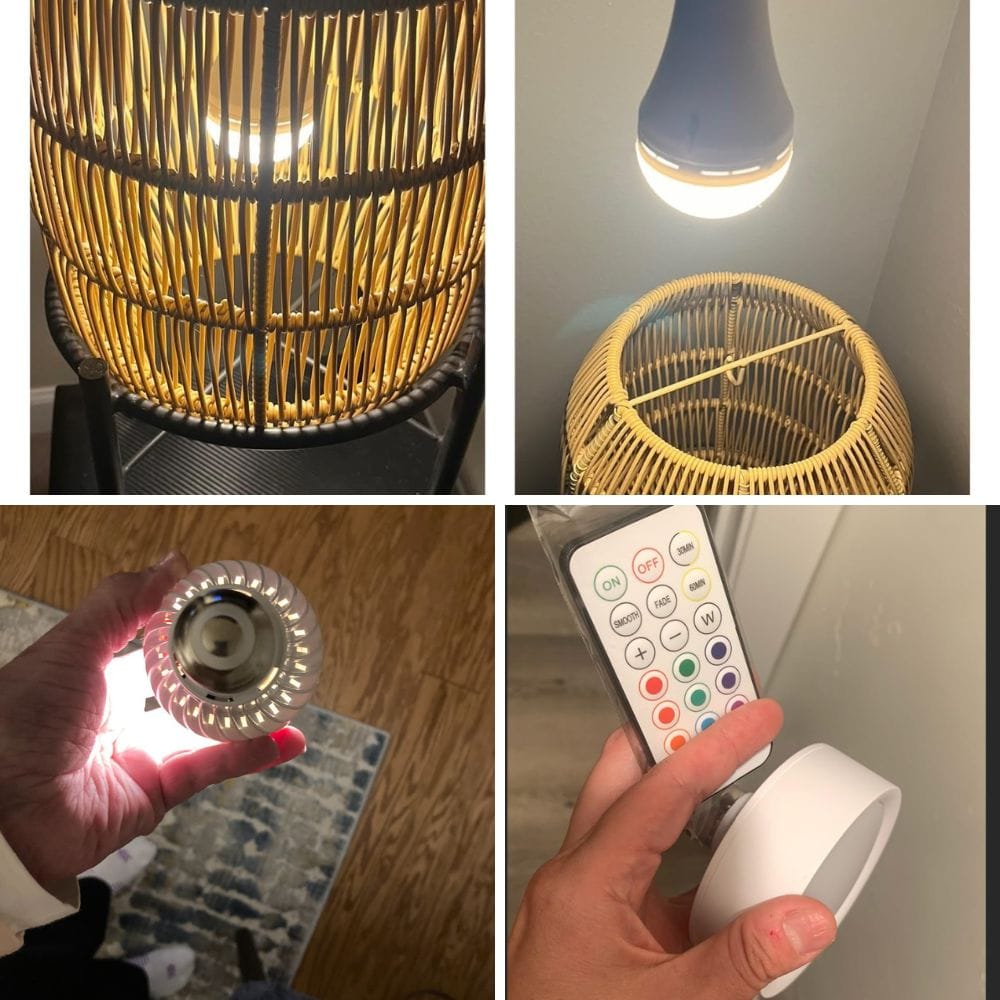
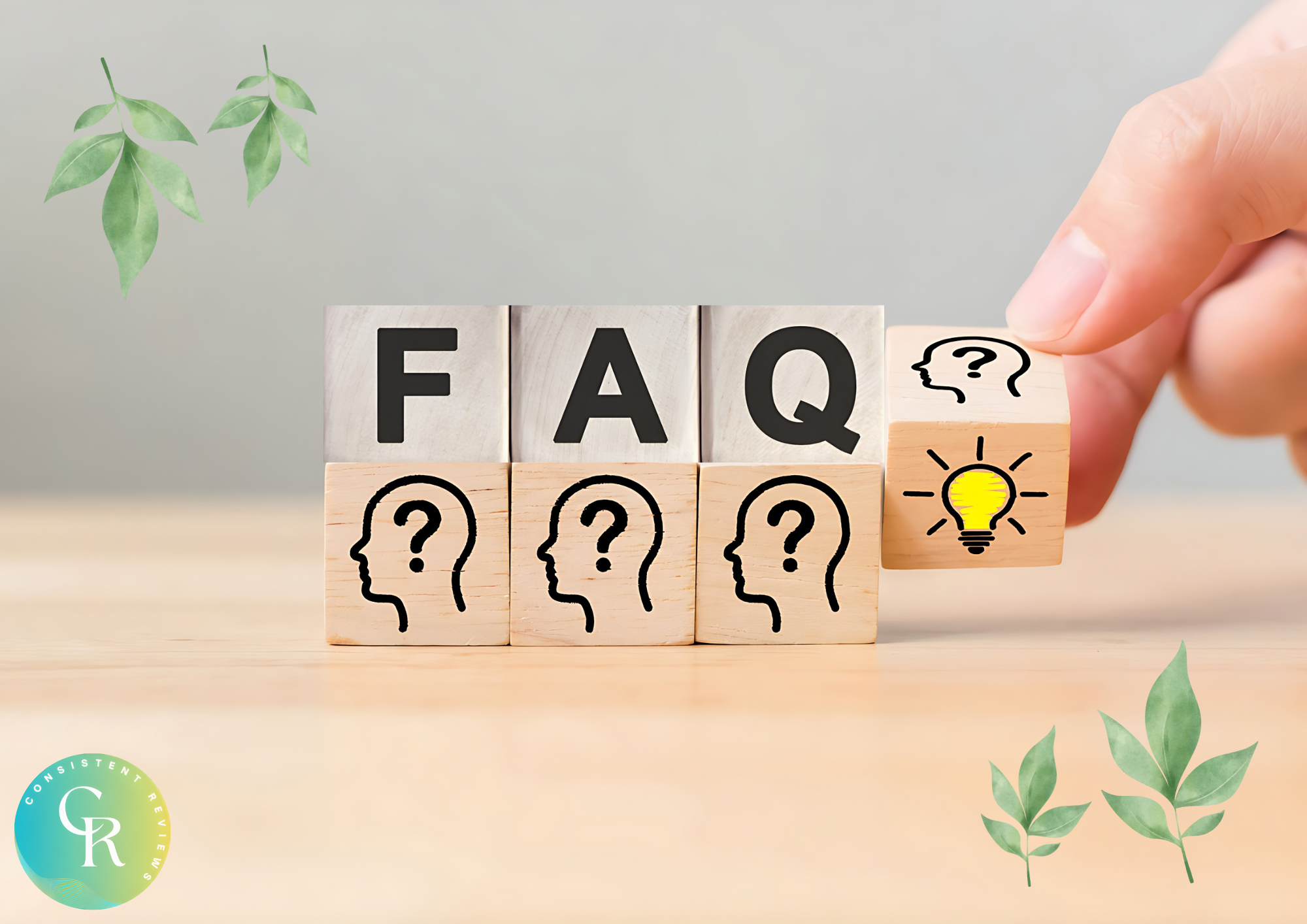
How long does it take to charge a rechargeable light bulb?
The time it takes to charge rechargeable light bulbs varies depending on the model and the charging method. Generally, it takes several hours to charge a bulb fully. Always refer to the manufacturer's instructions for the recommended charging time.
Can I use any USB cable to charge my rechargeable light bulb?
It’s best to use the USB cable provided by the manufacturer or one that meets the recommended specifications. Using an incorrect cable can result in inefficient charging or damage to the bulb.
What should I do if my rechargeable light bulb isn’t charging?
If your rechargeable light bulb isn’t charging, check the connections and ensure the power source is working. If the bulb still doesn’t charge, refer to the user manual for troubleshooting tips. In some cases, the internal battery may need to be replaced.

Charging rechargeable light bulbs is a simple process that ensures you’re never left in the dark during power outages. By following the recommended charging methods and safety tips, you can extend the battery life of your bulbs and ensure they are always ready to provide illumination.
